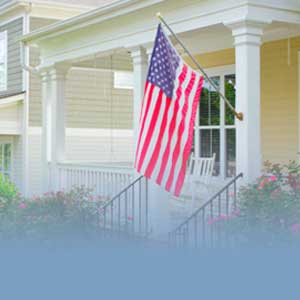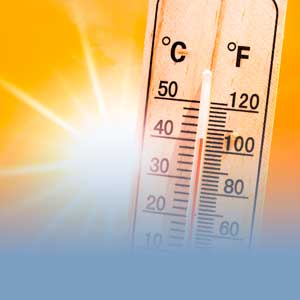According to the National Fire Protection Association (NFPA), half of home heating fires are reported during the months of December, January, and February.
To prioritize chimney safety in your household, our claims experts have designed a quick checklist – helping you secure those cozy, natural fireplace vibes without sacrificing safety.
Step 1: Schedule Fall Inspection & Cleaning
Chimneys need to be inspected and swept by a professional at least once a year – two or three times a year if you use your natural fireplace frequently. It’s best to schedule an inspection in the fall to ensure that it’s fully functioning by the time you’re ready to cozy up come winter.
A failure to clean equipment was the leading cause of home heating fires, with creosote build-up in chimneys presenting a particular issue (per the NFPA).
The danger of creosote lies in its flammability – posing a significant fire hazard if it builds up within a chimney. The three stages of creosote range from fine particles to combustible layers:
- First Degree Creosote: This stage consists of fine, dusty particles that can be easily brushed away. It’s not very combustible.
- Second Degree Creosote: This stage involves a more condensed, tar-like substance. It’s stickier and can be harder to remove. Second-degree creosote is more combustible than the first-degree.
- Third Degree Creosote: This is a hard, shiny, and highly combustible layer. It forms a glaze inside the chimney and is extremely difficult to remove. Third-degree creosote poses a severe fire risk.
Step 2: Prepare Firewood, Equipment and Maintenance
- All firewood is not created equal. Burn seasoned and dry wood to prevent creosote formation. Avoid burning trash or treated wood.
- Storage: store firewood outdoors, covered, and away from the house.
- Seal your chimney to prevent water damage. The flue cap needs to be sealed correctly to let smoke out of your fireplace without letting rain or snow in. Without the seal, freezing and/or thawing water can seep into bricks and cause cracks.
- Invest in a sturdy fireplace screen to prevent sparks and ashes from entering your home. Replace your screen as soon as you notice any damages.
- Maintain your spark arrestor to reduce the risk of a chimney fire, protecting your home and neighboring properties. A spark arrestor is fitted to the top of a flue, enclosing sparks and embers within the chimney while keeping animals and debris out.
Step 3: Enjoy… safely!
- Keep anything that can burn at least 3 feet away from your fireplace (and other heating equipment, such as a furnace, wood stove, or portable space heater).
- Establish a “kid-free zone” around open fires and space heaters.
- Store cooled ashes in a tightly covered metal container and keep it outside – at least 10 feet from your home and any nearby buildings.
- Test smoke alarms and carbon monoxide detectors monthly.
Claim Scenarios
Claim 1
$35,000
January 2023 – Chimney fire causing damage to chimney and fireplace. Fire department called to extinguish the fire.
Claim 2
$200,000
December 2023 – Fire started in the fireplace, spreading to the house and through the roof. Home uninhabitable until repaired.
The outcomes vary, spanning from modest damages to the chimney and minor smoke to more severe instances where the fire engulfs the roof, inflicting substantial structural harm.
Two claims, two stories, one common thread: chimney fires.
Both scenarios described above underscore the range of consequences that can stem from lack of chimney and fireplace maintenance – a stark reminder that a little attention now can prevent big troubles later. By understanding and addressing potential hazards, maintaining annual inspections, and adhering to proper burning practices, you can enjoy the warmth of your natural fireplace without compromising the safety of your home.
Reach out to your Badger agent today to ensure your homeowner policy is up to date, providing year-round protection for you and your family.





